‘Tomato’ red molecule reports on neuronal activity
A pH-sensitive red fluorescent molecule allows researchers to simultaneously monitor two different types of neuronal activity, according to a study published 27 May in Nature Neuroscience.
Emerging tools and techniques that may advance autism research.
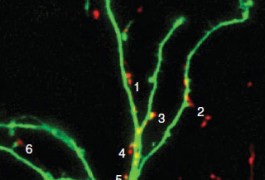
A pH-sensitive red fluorescent molecule allows researchers to simultaneously monitor two different types of neuronal activity, according to a study published 27 May in Nature Neuroscience.
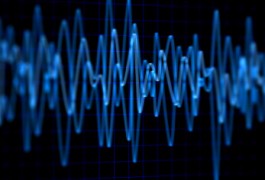
The heat produced by radio waves can interact with metallic nanoparticles bound to temperature-sensitive ion channels in cells, allowing researchers to remotely alter gene expression in live animals, according to a study published 4 May in Science. The technique could also be used to activate neuronal signals by manipulating calcium influx into neurons, the researchers say.
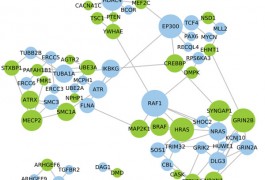
A new computational analysis can predict whether a gene is implicated in autism or intellectual disability with up to 98 percent accuracy, according to a study published 15 May in the American Journal of Medical Genetics.
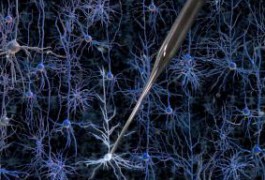
A robot can replace researchers in performing a painstaking technique that records neuronal signals in live animal brains, according to a study published 6 May in Nature Methods.
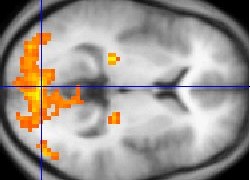
Combining functional magnetic resonance imaging of rat brains with a technique that uses light to detect neuronal activity can help researchers hone in on the source of the activity, according to a study published 6 May in Nature Methods.
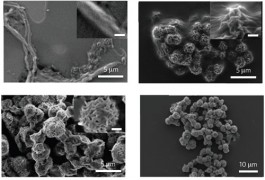
Researchers have created sponge-like assemblies of hundreds of thousands of short fragments of RNA, which can be used to dampen the expression of certain genes, according to a study published 26 February in Nature Materials.
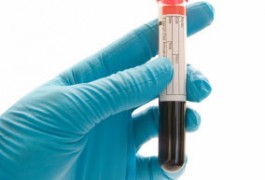
A biological signature in the blood could be used to aid the early diagnosis of schizophrenia, according to a study published 12 April in Molecular Psychiatry. The results suggest that various circulating immune molecules and metabolites reflect the biological changes that underlie neurological disorders.
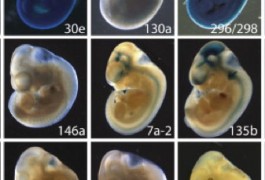
Researchers are developing a resource that will allow scientists to engineer mice lacking one of 162 microRNAs — non-coding regions of the genome that regulate gene expression. The results were published 19 April in Cell Reports.
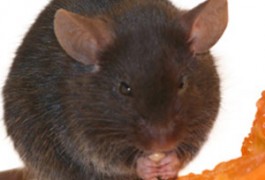
By manipulating the location of a protein that detects capsaicin, the molecule responsible for the burn in hot chili peppers, researchers can activate subpopulations of neurons and alter the behavior of mice. The results were published 20 March in Nature Communications.
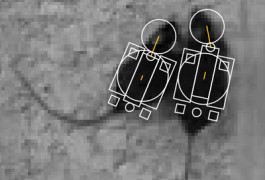
A computerized video analysis tool can simultaneously track two mice and catalog their social interactions. The results were published 4 March Nature Methods.






